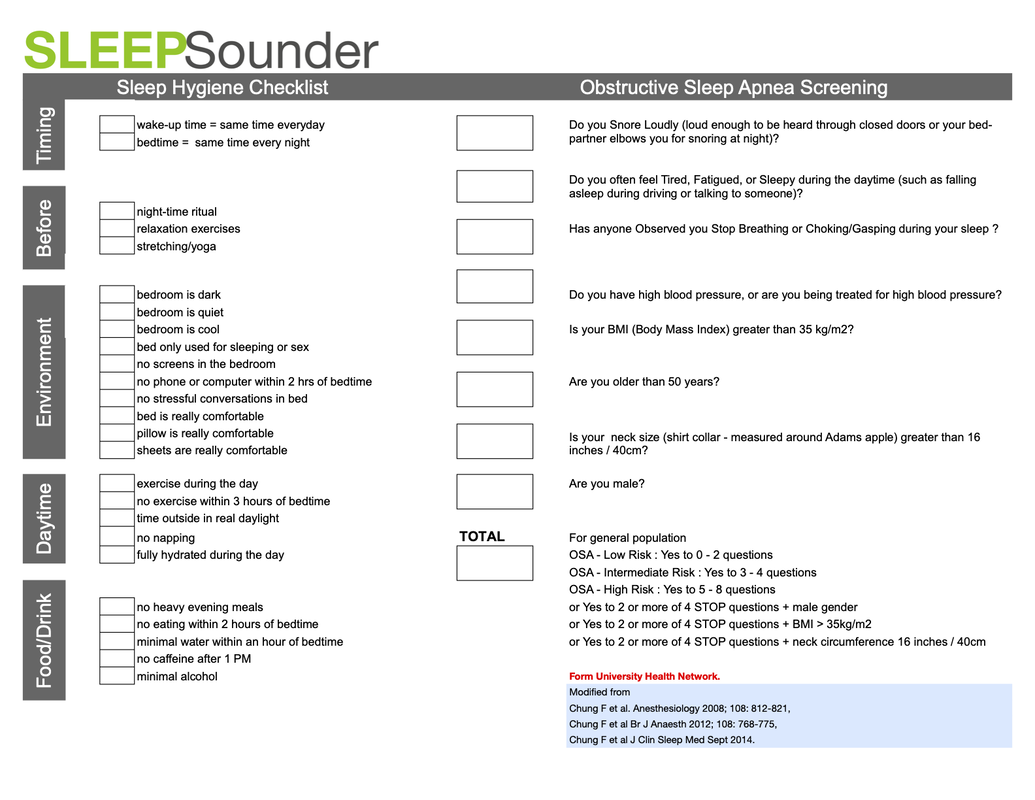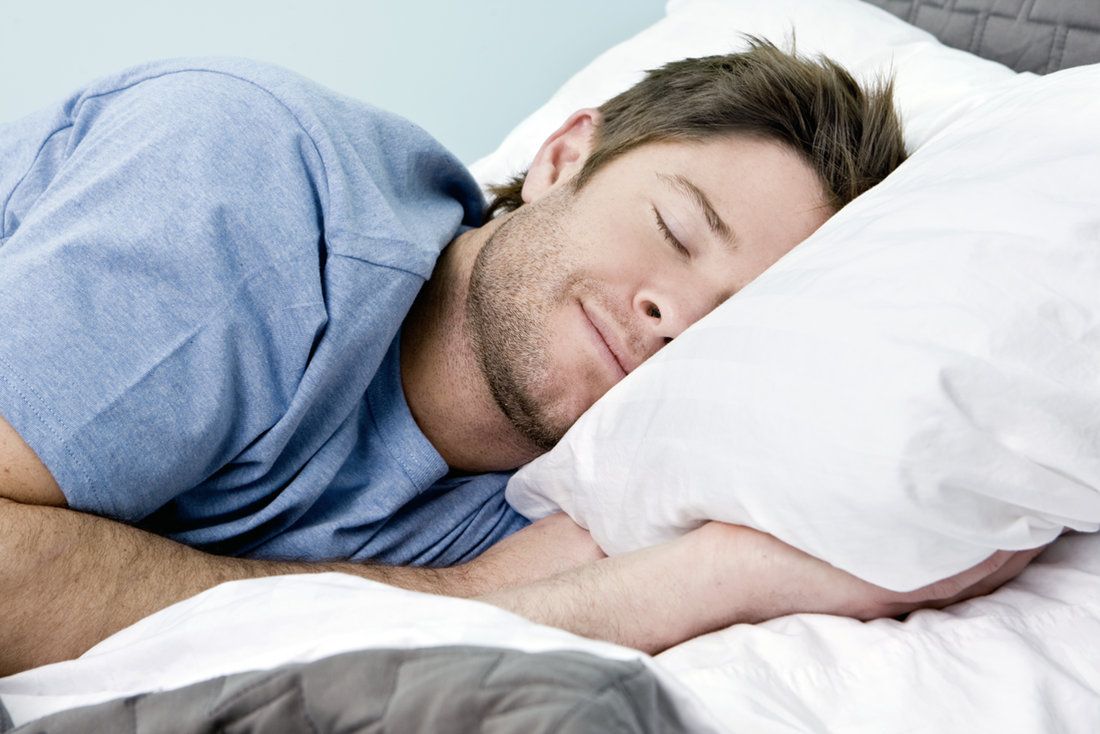 Photo by Kinga Cichewicz on Unsplash When it comes to your sleep, answer these four questions:
If your answers are yes to 1 and 2 and no to 3 and 4 - you do not have a sleep issue. You may be able to improve your sleep quality by falling the recommendations in 'How to Improve Your Sleep'…but feel fortunate and turn your efforts to one of the other pillars. You will notice that none of the questions here talk of time asleep or amount of deep sleep, REM, or any of the sleep scores you can derive from the variety of sleep trackers. If you sleep soundly and full of energy, you do not need to track your sleep. Even if you track your sleep - your answer to these questions is more important than any metric derived from a sleep tracker. If your answers are not optimal, you will want to improve your sleep habits while assessing yourself for sleep apnea or other sleep disorders. Use the Wellness Garage Sleep Checklist to assess your Sleep Hygiene and screen yourself for Sleep Apnea. Using a sleep tracker in this context can be very helpful to understand what actions you are taking that help or hinder your ability to sleep.
Finally, work with a Lifestyle Medicine physician or health coach to improve your sleep habits while addressing other practices that can improve sleep - especially exercise and stress tolerance. When you have tried everything to improve your sleep, but you are still not sleeping, it is time to dig deeper and determine if there is something else going on. By far, the most common sleep disorder is obstructive sleep apnea. It is estimated that up to 30% of Canadians suffer from it, yet only 6.4% have recognized the diagnosis. What is Obstructive Sleep Apnea? Sleep apnea is a serious condition in which a person’s breathing is repeatedly interrupted during the night. During normal sleep, air moves in an unobstructed, regular rhythm through the upper airway, the throat into and out of the lungs. With obstructive sleep apnea (OSA), airway blockages, usually from soft tissue collapse, prevent the normal regular breathing rhythm. What are the symptoms? The main symptoms of OSA are
However, some people have no symptoms or may not recognize that they have symptoms. Other symptoms may include one or more of the following:
The key to addressing sleep apnea is to recognize it - start with our downloadable checklist - if you score as high risk, talk to your doctor about getting a sleep assessment. (For more on Sleep Apnea - check out our previous post: Sleep Apnea - what you need to know). Other significant sleep disorders will get picked up through this review process. Excessive daytime sleepiness due to narcolepsy or other central types of hypersomnolence will be considered before or after sleep apnea is ruled out, depending on your history. Sleep-walking or excessive movements in bed, restless leg syndrome or other disorders are best managed with a referral to a sleep specialist. The Wellness Garage SLEEPSounder approach leverages a check-list system. Start by assessing your current sleep habits - we refer to this as sleep hygiene. In all cases, improving these will be part of the solution for your concerns. At the same time, screen yourself for obstructive sleep apnea - if you score anything other than Low - bring the checklist to your physician to review. They will determine the next steps - either a referral for a Home Sleep Apnea Test or a consultation with a sleep specialist. This was part 3 of our SLEEPSounder series, the other posts:
|
AuthorDr. Brendan Byrne Categories
All
|



 RSS Feed
RSS Feed
